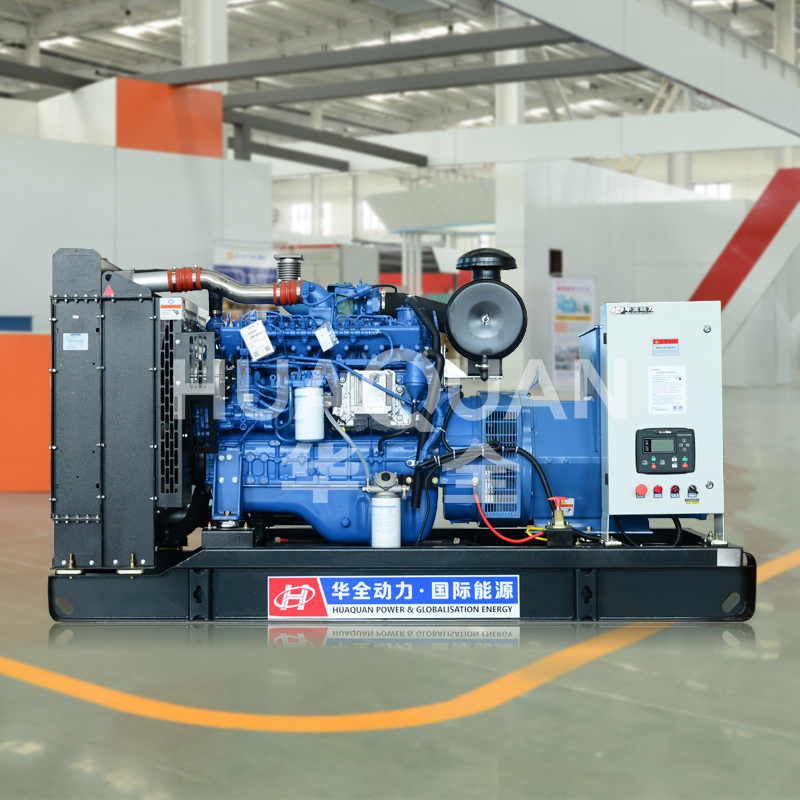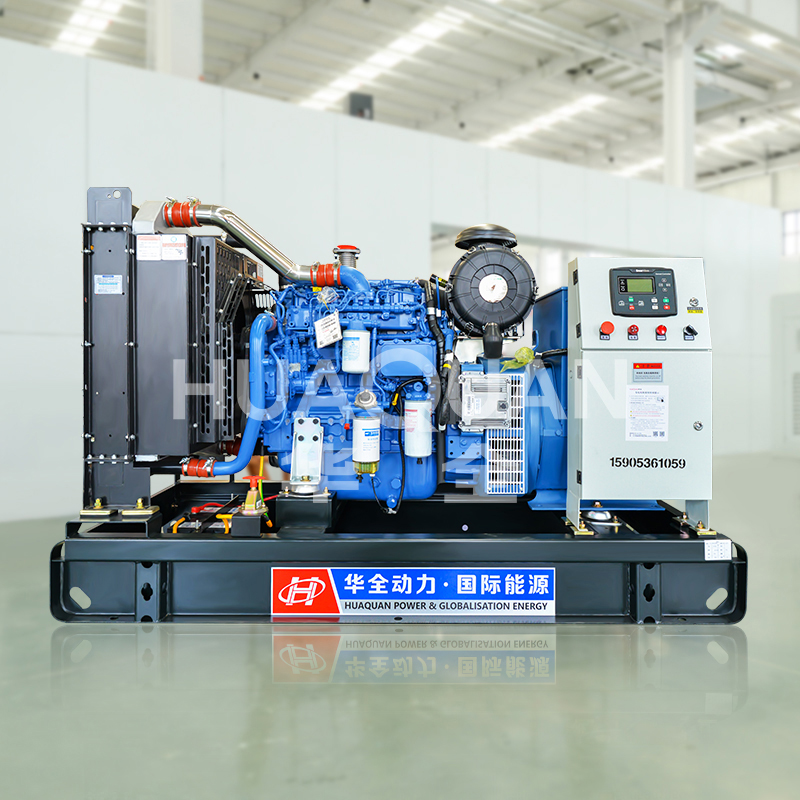The operational reliability of Generators for Agriculture fundamentally depends on effective heat dissipation systems. Unlike conventional power units, these generators face unique challenges when deployed in grain silos, poultry farms, or hydroponic greenhouses where ambient temperatures and particulate matter significantly impact cooling efficiency.
Installation of agricultural generators
Generators for Agriculture require minimum 120° radial clearance for air intake/exhaust flows. Elevated mounting on concrete pads prevents ground moisture corrosion while facilitating undercarriage airflow. For tropical climates, installing louvered weatherhoods maintains ventilation during monsoon seasons without compromising rain protection.
Active Cooling Enhancements
Integrating thermostatically controlled extractor fans proves vital for Generators for Agriculture operating in confined spaces like dairy processing plants. Cross-ventilation tunnels should align with prevailing wind directions in open-field installations. Quarterly cleaning of copper radiator fins with compressed air prevents chaff accumulation - a major cause of heat retention in harvest-season operations.
Maintenance Protocols of Generators for Agriculture
• Monthly inspection of coolant hoses for micro-cracks
• Bi-annual replacement of viscous air filters in high-dust environments
• Immediate removal of combustible debris near exhaust manifolds
Innovative Solutions
Phase-change materials (PCM) are emerging as thermal buffers for Generators for Agriculture in desert climates. Solar-powered ventilation hoods with automatic shutters provide eco-friendly cooling for off-grid installations.
By implementing these measures, Generators for Agriculture can achieve optimal thermal equilibrium, ensuring uninterrupted power supply for automated feeding systems, climate-controlled storage, and other precision agriculture applications.
More information about Generators for Agriculture:https://sinogens.com/








